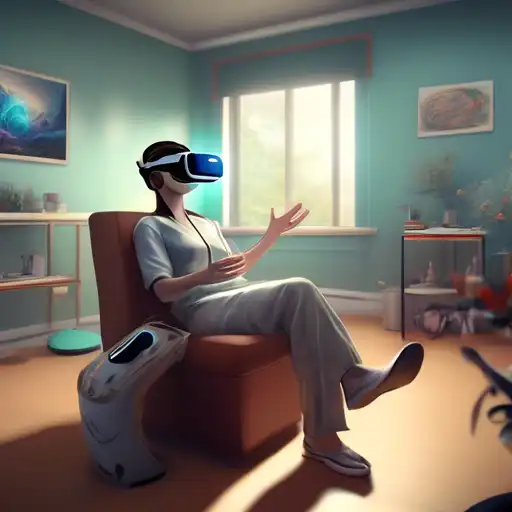The Transformative Role of Virtual Reality in Therapeutic Practices
Virtual Reality (VR) technology has transcended its initial entertainment-centric applications to become a groundbreaking tool in the field of therapy. By creating immersive, controlled environments, VR is revolutionizing therapeutic practices, offering new hope and innovative solutions for patients with a variety of conditions.
Understanding VR Therapy
VR therapy involves the use of virtual reality technology to simulate environments for therapeutic purposes. This innovative approach allows individuals to confront and work through their issues in a safe, controlled setting. From treating phobias to aiding in physical rehabilitation, the applications of VR in therapy are vast and varied.
Applications of VR in Therapy
The use of VR in therapy spans several areas, including but not limited to:
- Mental Health: VR is being used to treat conditions such as PTSD, anxiety disorders, and phobias by exposing patients to their triggers in a controlled manner.
- Physical Rehabilitation: Patients recovering from strokes or injuries use VR to regain motor skills through engaging and interactive exercises.
- Pain Management: VR has shown promise in reducing pain perception during painful procedures or in chronic pain conditions by distracting the patient with immersive experiences.
- Autism Spectrum Disorders: VR helps individuals with autism develop social skills by simulating real-life social scenarios.
Benefits of VR Therapy
VR therapy offers numerous advantages over traditional therapeutic methods, including:
- Enhanced Engagement: The immersive nature of VR makes therapy sessions more engaging and less intimidating for patients.
- Controlled Environments: Therapists can tailor virtual environments to meet the specific needs and comfort levels of their patients.
- Accessibility: VR therapy can be accessed from the comfort of one's home, making it a convenient option for those with mobility issues or living in remote areas.
- Cost-Effectiveness: Over time, VR therapy can reduce the need for physical materials and spaces, lowering the overall cost of treatment.
Challenges and Considerations
Despite its potential, VR therapy faces several challenges, including the high initial cost of equipment, the need for technical expertise, and concerns about patient privacy and data security. However, as technology advances and becomes more affordable, these barriers are expected to diminish.
The Future of VR in Therapy
The future of VR in therapy looks promising, with ongoing research and development paving the way for more sophisticated and accessible therapeutic solutions. As VR technology continues to evolve, its role in therapy is set to expand, offering new possibilities for treatment and recovery.
For those interested in exploring the intersection of technology and mental health further, consider reading about the impact of technology on mental health.
In conclusion, VR is transforming the therapeutic landscape, providing innovative, effective, and engaging treatment options for a wide range of conditions. As we continue to explore and understand its full potential, VR therapy stands as a testament to the power of technology in enhancing human health and well-being.
